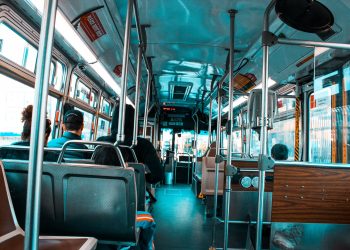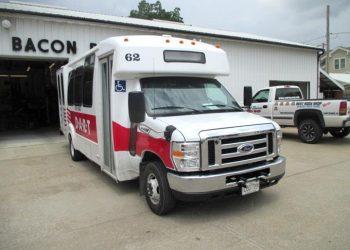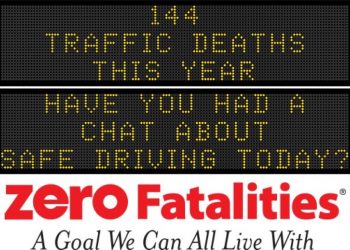(The Center Square) – An Iowa Department of Transportation traffic safety engineer has spent about a decade researching how to decrease the number of wrong-way driving incidents on highways.
The department is now allocating $1.35 million in fiscal year 2021 money it received through the Federal Highway Administration to implement the solutions Traffic & Safety Engineer Willy Sorenson developed. Iowa DOT Strategic Communications Director Andrea Henry told The Center Square in an email that $300,000 in state funds reserved for Intelligent Transportation Systems will be used to purchase and install 60 wrong way driver detection cameras.
Sorenson told The Center Square in a phone interview he mapped out where the events were occurring and analyzed what could have prevented the problem.
“You can’t do anything about wrong way driving unless you know where it started, and you don’t know where it started unless you start digging into each event that you hear about,” Sorenson said.
At each location that saw higher frequency wrong-way incidents, the department has tested various prevention techniques.
“[Wrong way driving] is a human error. Any time you deal with humans, they build a better mousetrap, and we got to figure out what to do to counteract their human behavior,” he said. “Sixty percent of wrong way driving is intoxicated, 20% are elderly and 20% are just confused.”
He said the department intends to address each of those groups “in some degree.” He said the most egregious drunk driving incidents may not be stopped, but it may help prevent less intoxicated drivers and those who are elderly or confused from entering the highways in the wrong direction.
Sorenson said each of the locations has warning signs, “but we’re kicking it up a notch.” At the 165 locations that a department committee selected based on potential for wrong-way driving, the department is increasing the signage size by 80%, from 3 ft. by 3 ft. to 4 ft. by 4 ft. They’re also angling the signs toward drivers who are “about to drive the wrong way” so that drivers can see them before and during the turn, as well as placing them about 50 feet away from stop signs, instead of on the back of stop signs, as they had been doing.
About half of the locations where the 228 wrong-way driving events on U.S. 30 Boone to Nevada that occurred from July 2014 to July 2021 occurred on “at grade” intersections, where a local road intersects a highway at the same elevation, according to the department. Those intersections will have large white painted arrows in the through lanes.
Sixty cameras, which will be placed at “higher risk locations,” will alert staff via email when they spot a wrong way driver.
“It’s not a silver bullet,” he said. “I’d love to get from 11 fatalities last year to zero this year, but I just want to make a dent in it.… I don’t know at what point I’ll be comfortable; I suppose at zero, when we have zero crashes a year, but I might be chasing that until I’m 110.”
Sorenson said Iowa has about 20 wrong-way crashes annually, each involving emergency services response costs.
Sorenson reminded the public to help prevent car accidents involving wrong-way driving by driving in the right lane on the highway, pulling over to the right shoulder if they see a wrong-way driver, and reporting the location of any wrong-way driving by calling 911.
















